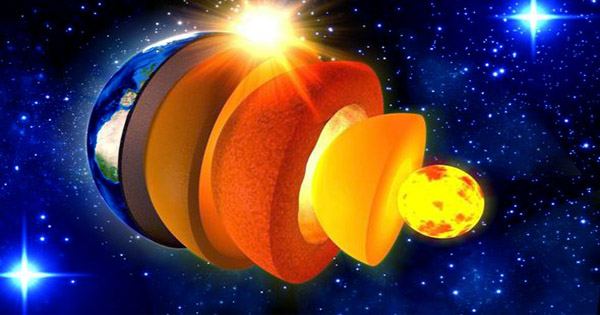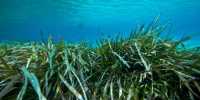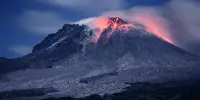An amazing new discovery has revealed a previously unknown structure located at the bottom of the Pacific Ocean between the Earth’s core and lining. It is unknown at this time what this structure will look like – and what else is found nearby, but researchers believe their findings provide an opportunity to better understand the more complex processes that allow our planet to evolve and change over time.
When an earthquake occurs, it creates seismic waves beneath the earth’s surface capable of traveling thousands of miles. These waves can change their speed as the temperature, composition, or rock density changes, bending or scattering techniques that can be detected by earthquakes strategically placed in locations around the world.
Measuring the time and amplitude of these echoes can reveal underground physical features and structural expressions, but research is largely limited and has only been able to depict this landscape in a “fragmentary manner”.
To overcome these limitations, geophysicists at the University Of Maryland (UMD) looked at a specific type of wave beneath the Pacific Ocean basin that analyzed the recordings of thousands of seismic waves by looking at a specific type of wave called a shear wave for its shape. These waves can be difficult to distinguish from random noises, but analyzing multiple recorders allows the team to identify similarities and patterns in the echoes from the boundary of the molten core and the hard coating layer above it.
A machine learning algorithm called Sequencer analyzed 7,000 Sequencers from hundreds of earthquakes of magnitude 6.5 or greater around the Pacific Ocean between 1990 and 2018 to “systematically detect seismic echoes.”
Doyeon Kim, a postdoctoral fellow in the UMD Department of Geology and lead author of the paper published in Science said, “We’ve gained a whole new perspective by seeing thousands of core-mental border echoes at once, instead of focusing on a few at once as is usually done.””It shows us that there are plenty of structures in the core-mental boundary region that can create this echo, and it’s something we didn’t realize before because we only had a narrow perspective.”
For about half of the waves that were isolated, the researchers found a three-dimensional structure near the core-mantle boundary. In particular, a large feature was located at the bottom of the volcanic Marquis Islands in the Pacific Ocean, probably the result of a plum route, a volcanic feature responsible for the formation of many volcanic islands.
Vedran Lekik, an associate professor of geology at UMD and co-author of the study said, “We’ve got about 40 percent of the echoes of all the seismic wave paths.” “It was amazing because we were expecting them to be rarer, and that means the extraordinary structure on the main-mantle border is much wider than previously thought.” This vast expanse of core-mantle boundaries, located in much more terrestrial structures than ever before, is how millions of years of plate tectonics have shaped our planet into millions of years.















